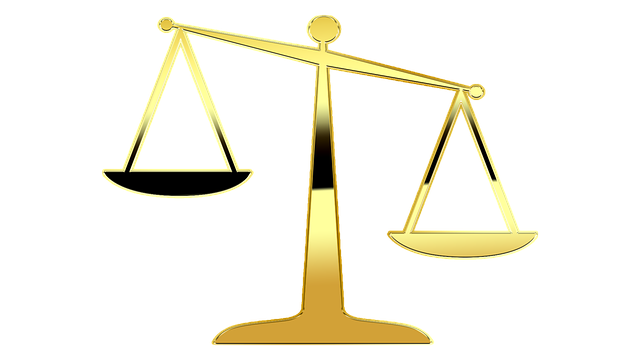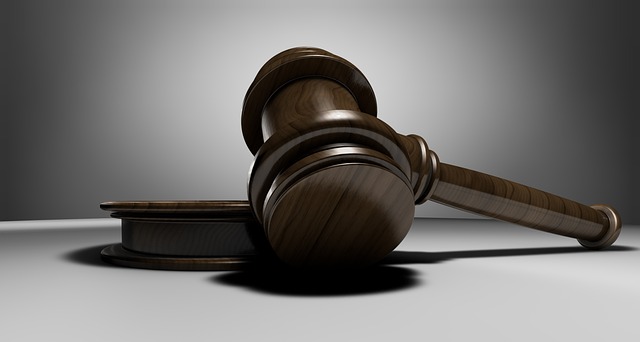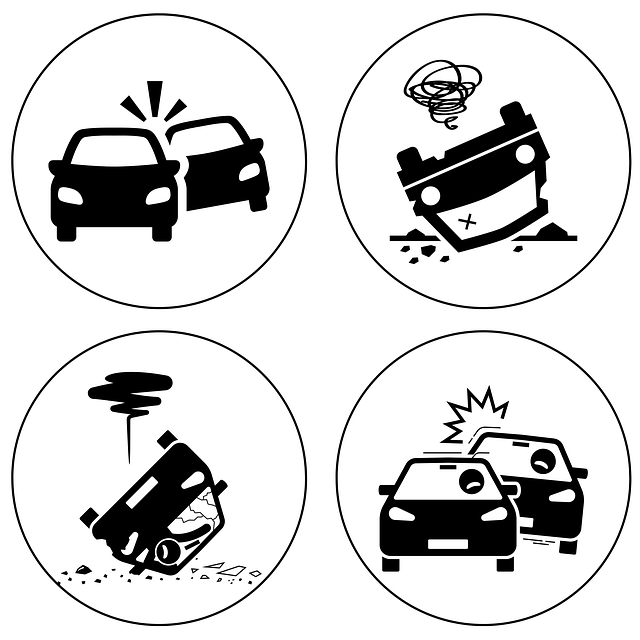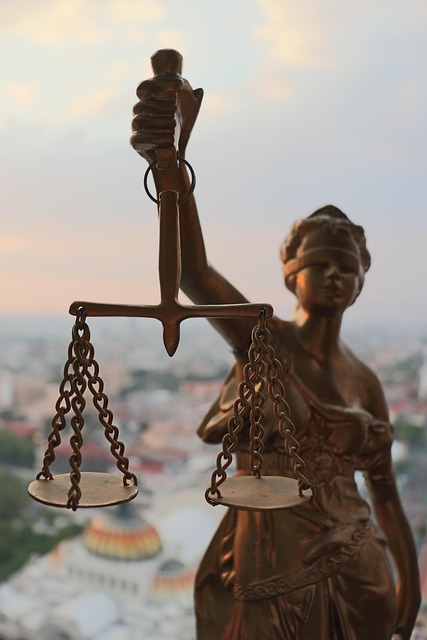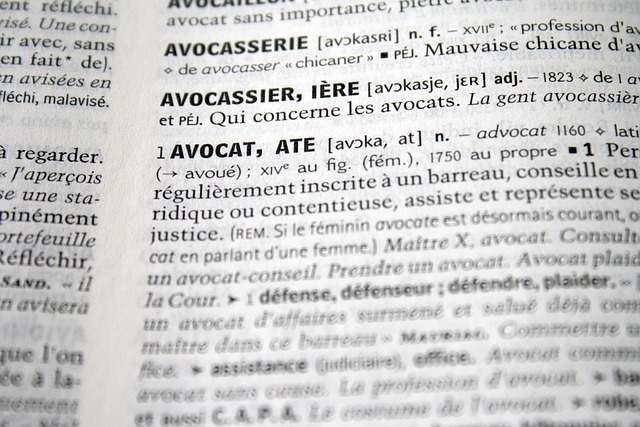Motorcycle accidents pose significant risks due to riders' exposure, often resulting in severe injuries, particularly broken bones caused by driver error or defective components. Recognizing fracture signs is crucial for prompt medical attention, enhancing recovery outcomes compared to other accident types. Effective management of motorcycle accidents with broken bones ensures better healing and reduces long-term complications. After an accident, seeking immediate medical care, documenting the incident, and following medical advice are key; legal representation can assist with compensation claims in non-fault accidents.
Motorcycle accidents can lead to severe injuries, with broken bones being one of the most common. Understanding the impact of these crashes and knowing what to do afterward is crucial for your safety and well-being. This article delves into the world of motorcycle accidents and their effects on the human body, specifically focusing on various types of broken bones and essential steps to take after such incidents. By exploring these key aspects, riders can gain valuable insights to navigate through challenging situations.
- Understanding Motorcycle Accidents and Their Impact
- Common Types of Broken Bones in Motorcycle Crashes
- What to Do After a Motorcycle Accident Involving Broken Bones
Understanding Motorcycle Accidents and Their Impact

Motorcycle accidents can have severe consequences due to the inherent vulnerability of riders compared to those in enclosed vehicles. When a motorcycle collision occurs, it often results in significant injuries, with broken bones being among the most common. These accidents can happen for various reasons, including driver error, road conditions, or even defective products like tires or brakes. Understanding the dynamics and impact of such incidents is crucial for both riders and bystanders.
In many cases, motorcycle riders are at a higher risk of sustaining multiple fractures due to the force transferred from the bike during a crash. Broken bones in accidents can range from simple fractures to complex, compound breaks that require immediate medical attention. Prompt treatment is essential to ensure proper healing and minimize long-term complications. It’s important to recognize the signs of a motorcycle accident, especially if you suspect bone injuries, and seek professional help without delay, as it could be a difference maker in your recovery journey, even compared to other types of accidents like nursing home neglect or those involving defective products.
Common Types of Broken Bones in Motorcycle Crashes
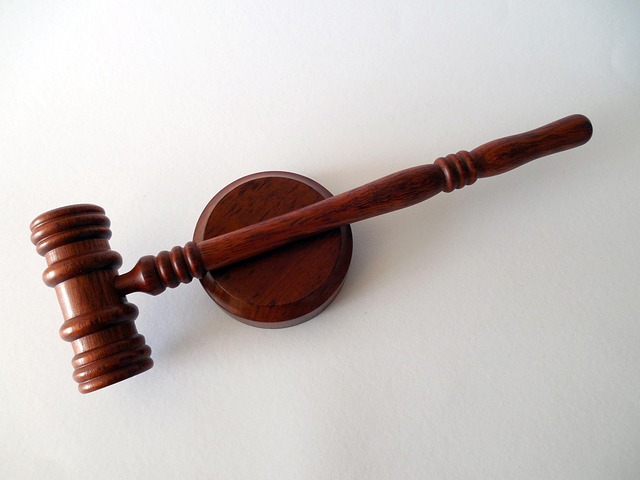
Motorcycle accidents can lead to a range of serious injuries, but one of the most common and concerning is broken bones. These fractures often occur due to the force generated during a collision, where riders are thrown from their bikes or compressed against the road surface or other objects. The severity of these breaks can vary greatly, from simple cracks to compound fractures that require extensive medical intervention.
Some of the most frequently broken bones in motorcycle crashes include the collarbone (clavicle), wrist, forearm, hip, pelvis, and leg bones like the tibia and fibula. These areas bear the brunt of the impact during a fall or collision, especially when riders are not wearing protective gear. Recognizing the signs of these fractures is crucial for prompt medical attention, which can significantly improve recovery outcomes in motorcycle accidents.
What to Do After a Motorcycle Accident Involving Broken Bones

After a motorcycle accident involving broken bones, the immediate priority should be seeking medical attention. Once stable, document the incident by taking photos of the scene and any injuries. Contact the police to file a report, which can be crucial for insurance claims. Next, collect information from other drivers involved, including names, contact details, and insurance policies.
For individuals with broken bones, proper care is essential. This includes attending all medical appointments, adhering to treatment plans like physical therapy, and ensuring adequate rest. During this time, consider seeking legal representation if the accident was not your fault—a skilled attorney can guide you through real estate litigation or breach of contract issues that may arise from the accident, focusing on getting you the compensation you deserve.
Motorcycle accidents can lead to severe injuries, with broken bones being a common and serious consequence. Understanding the types of fractures and knowing what steps to take after such an incident is crucial for effective treatment and recovery. By recognizing the potential for broken bones and taking immediate action, riders can navigate the aftermath of a motorcycle accident more smoothly. This knowledge empowers individuals to seek appropriate medical care and ensure their well-being during a challenging time.

